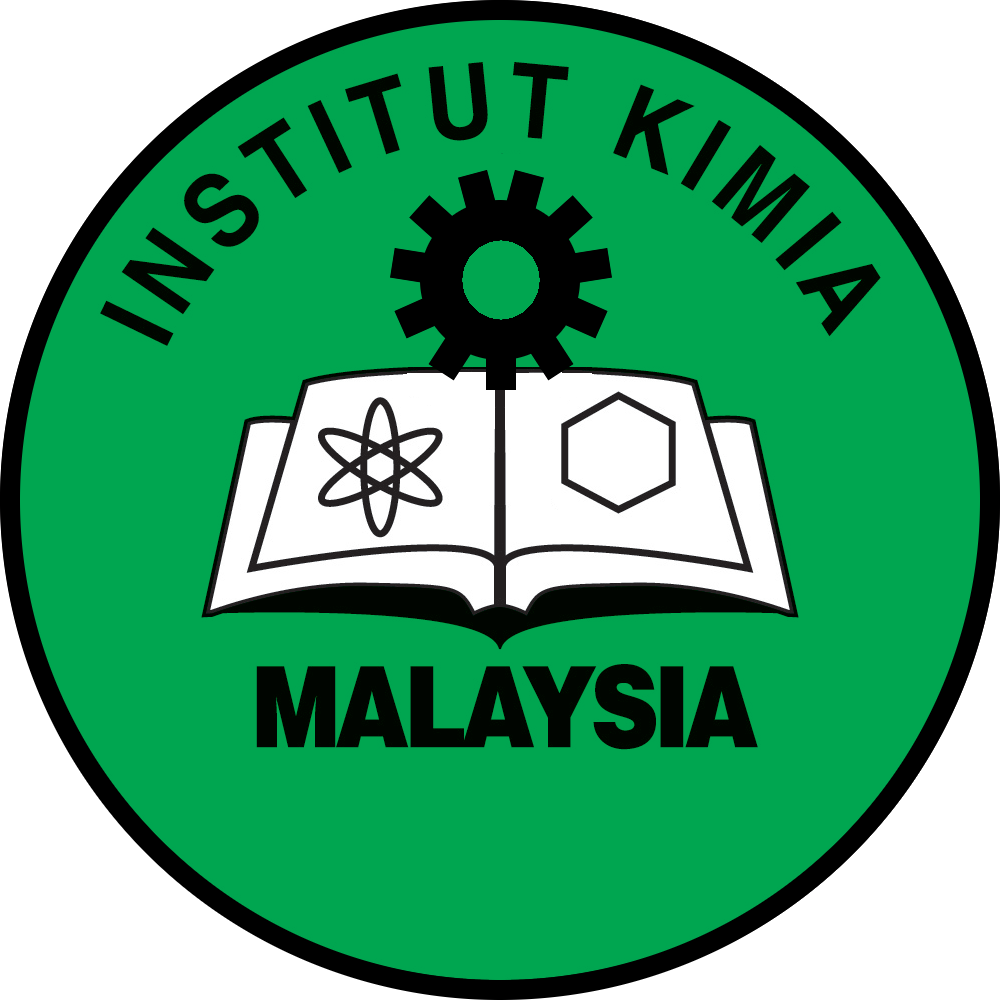Antibacterial and Antibiofilm Activity of Methanolic Extract of Hopea ferrea and It’s Fractions
DOI: https://doi.org/10.55373/mjchem.v27i1.29
Keywords: Hopea ferrea; antibiofilm; bioactive compounds; antibacterial; MPLC; HPLC; NMR; IR; UV
Abstract
Biofilms in the oral cavity are a significant contributor to dental plaque, leading to conditions such as dental caries, gingivitis, and periodontitis. These microbial communities exhibit increased resistance to conventional antimicrobial agents, underscoring the need for novel antibiofilm compounds. Hopea ferrea, a Dipterocarpaceae tree species traditionally used in Southeast Asia for its medicinal properties, presents a potential source of such compounds. This study aims to isolate and identify bioactive compounds from H. ferrea and evaluate their antibacterial and antibiofilm activities against Streptococcus mutans (NCTC 10449), a cariogenic bacterium. Sample of plant H. ferrea was collected from Pulau Tuba, Langkawi, Kedah. The methanol extracts were screened using the agar diffusion method, and bioactive compounds were isolated from the bark of H. ferrea using Medium Pressure Liquid Chromatography (MPLC) and High-Performance Liquid Chromatography (HPLC). Methanol extracts of H. ferrea inhibited all tested strains, some extracts showed variable antibacterial activities. The minimum inhibitory concentration (MIC) of the potent extracts ranged from 1.56 mg/mL to 50.00 mg/mL while the minimum bactericidal concentration (MBC) was between 6.25 mg/mL to 25.00 mg/mL. This study contributes to the understanding of H. ferrea's bioactive constituents and supports the development of natural source-derived antibiofilm therapies.
